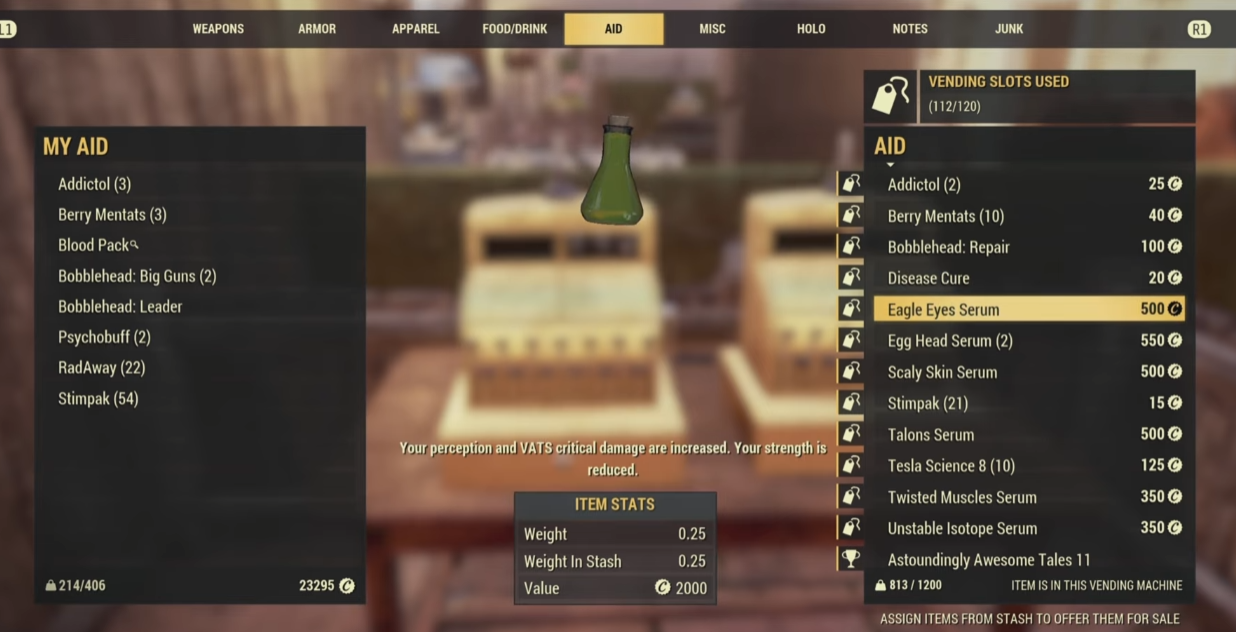 General Discussion
General Discussion
Fallout 76 Resource Farming Routes for Beginners
Resource farming is one of the most important parts of surviving and thriving in Fallout 76. Whether you’re crafting weapons, building your C.A.M.P., or trading with other players, having a steady flow of materials can make your life in Appalachia much easier. This guide covers some of the best beginner-friendly farming routes for essential resources and a few tips to make your grinding more efficient.
1. Adhesive: The Lifeblood of Crafting
Adhesive is one of the most used resources in the game. Almost every weapon mod or armor repair requires it, and you’ll run out fast if you’re not careful. The easiest way for beginners to stock up is to craft Vegetable Starch, which can be turned into adhesive.
Best route:
Start near Flatwoods, where you can find corn and tatos in small gardens.
Move to Sutton or Vault-Tec Agricultural Research Center for more vegetables.
Gather purified water and cook up the starch at your C.A.M.P.
You can also loot office desks and toolboxes in early areas like Morgantown or Charleston Fire Department for duct tape and wonder glue, both of which contain adhesive.
2. Lead: For Ammo Production
If you’re crafting your own bullets, you’ll need a reliable lead source.
Best route:
Head to Lucky Hole Mine in the Savage Divide region. This place is filled with lead deposits and can be harvested using a mining helmet for visibility.
Alternatively, visit Charleston Fire Department and Green Country Lodge, where weights and dumbbells can be scrapped for lead.
Pro tip: Combine your lead runs with acid farming, as you’ll need acid to smelt lead scrap into usable material.
3. Acid: For Ammo and Crafting
Acid is crucial for breaking down materials like lead and making gunpowder.
Best route:
Look for Toxic Valley or Savage Divide areas where cave crickets and snallygasters spawn—they drop acid when looted.
Set up your C.A.M.P. near Blackwater Mine to collect acid from enemies and containers regularly.
A quick farming session here can yield enough acid for several play sessions.
4. Aluminum: For Repairs and Modifications
Aluminum is another must-have material for weapon and armor repairs.
Best route:
Visit Poseidon Energy Plant WV-06 and Morgantown High School. The trays, cans, and TV dinner trays can all be scrapped for aluminum.
Alternatively, explore Eastern Regional Penitentiary, which is full of aluminum-rich loot.
Scrapping everything metallic and light can quickly build your stockpile.
5. Bonus Tip: Farming Fallout 76 Caps Efficiently
Caps are the main currency in Fallout 76, and they’re vital for fast travel, player trading, and purchasing plans. To earn caps quickly, sell purified water, bulk junk, and excess ammo to vendors at train stations. Events like “Free Range” or “A Colossal Problem” also reward a decent amount of Fallout 76 caps.
If you’re looking for ways to speed up your progress or recover from a fresh start, some players turn to community resources and discussions around fallout 76 caps U4GM, where tips about trading, pricing, and in-game economy circulation are often shared. Understanding the value of caps can help you manage your economy wisely without wasting time on low-yield farming routes.
Final Thoughts
Farming in Fallout 76 isn’t just about collecting materials—it’s about optimizing your routes, combining objectives, and making every trip count. As you level up and unlock better perks, your efficiency will improve naturally. For beginners, sticking to safe and resource-rich areas like Flatwoods, Morgantown, and the Forest region is the smartest move.
With these routes and a bit of patience, you’ll have plenty of materials and Fallout 76 caps to support your adventures across Appalachia.














